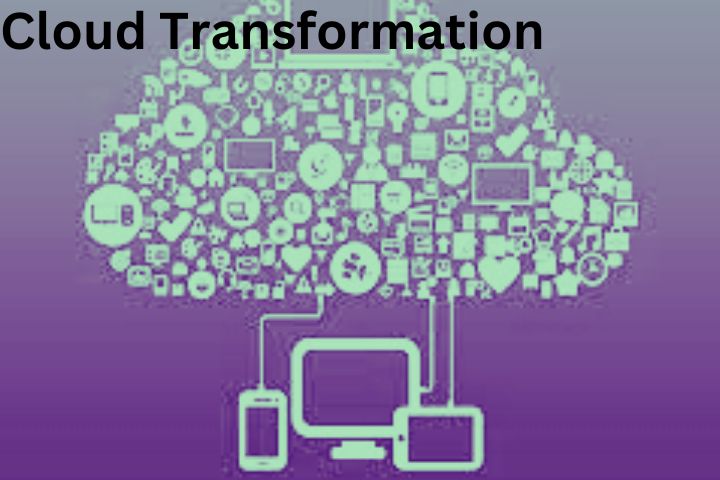
In the past, cloud transformation was often rushed by many organizations. In the future, their opportunities and challenges must be viewed more realistically and differentiated.
Cloud has had its day as a panacea in the digital world. Instead, opportunities and challenges will be viewed more realistically and more differentiated.
Trends that shape cloud transformation this year.
The end of the cloud-first mantra
More and more companies realize their rushiness into cloud transformation, which is now sometimes taking its toll. No real transformation has occurred in many cases, and only existing workloads have been relocated. Many viewed the hyper scalers only as infrastructure providers, and there was much talk about which offered the best cloud. But that misses the point.
The real challenge is not moving existing applications and workloads to the cloud but developing new applications and finding a new operating model. Only then can the cloud play to its strengths. Understanding cloud infrastructure is expensive. Due to the unusual, dynamic billing model, high costs can arise for operating legacy workloads, which were previously unimportant or not noticed.
Cloud adoption is far-reaching, but cloud transformation must get ahead. Applications, operating models, processes, and, last but not least, culture cannot only be changed by relocating workloads to another location. A new strategic cloud transformation in the future could be: “Prioritize the operating model and applications.”
Need for Hybrid Security.
Every company that has been on the market for a long time and has a mature IT environment uses a hybrid model today. This will remain so in the future since migration only offers added value for some applications. The coexistence of different worlds impacts IT security. While traditional infrastructure service providers are well positioned in the on-prem world and have decades of experience, hyper scalers have cloud-native security very well under control.
On the other hand, concepts that deal with the interface between the two worlds still need to be fully developed. In the coming years, finding solutions that can fully cover hybrid ecosystems will be important. Previous security approaches are usually very device-focused. Workload focus will be more important. Security is considered a key aspect.
Cloud and Edge Advantage
The cloud refers to central data hosting, while edge computing denotes data hosting at the network’s edge. The above are applied in their specific areas. E.g., HR data, which is required by many places in the company, is more likely to be in the cloud. CNC machine data within a networked factory, on the other hand, makes sense to process the resulting data directly on-site. Separation is so clear. Data generated at the network’s edge also needs to be consumed elsewhere, and latency concerns mean that certain centrally consumed data needs to be brought closer to individual users.
Distributed cloud has gained importance at this juncture between centralization and localization. This environment targets specific resource locations that maintain compliance and performance standards while supporting edge computing, a centrally managed public cloud provider.









